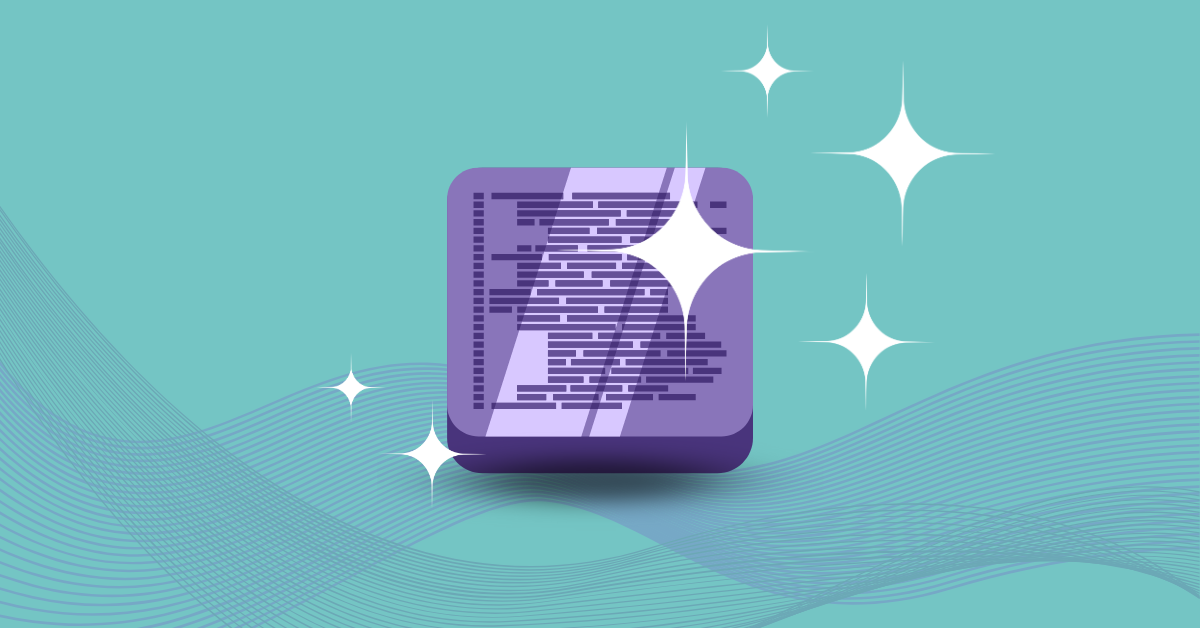

Cranking out line after line of code has become cheap and easy with generative AI. However, as with most things in life, more is not necessarily better — especially regarding code. Combined with a race-to-market mindset and accelerating feature creep, this influx of easy-to-generate code can lead to a cluttered codebase, where the sheer volume overshadows the need for clarity, efficiency, and security.
Clean code is a non-negotiable for any developer. It ensures that code is easy to work with and helps with security.
Clean code is what you probably guess it is — code that’s clearly structured and easy to read, maintain, and modify. Much like having a clean, organized workshop, having clean code makes it simple for someone else to come in, understand what’s going on, and contribute to the project because it’s:
Sloppy code might temporarily get the job done. However, suppose only one developer can understand why a particular feature works the way it does because they put in three workarounds. In that case, it will be difficult for others to make changes, update the code, or secure it effectively.
Although entire books have been written on the subject, one of the best ways to determine if code is clean is to have a developer who didn’t work on it read it. If their teeth-grinding is audible across the room, the codebase probably needs some attention. Here are some overarching principles developers can follow:
Following clean coding best practices lays the foundation for security. However, no matter how much it sparkles, clean code alone isn’t enough to keep the CISO happy. You will need to focus on code quality and security. Combining high-quality code with clean code is the sweet spot, and the right tools can facilitate secure and clean code in the following ways.
Dirty code isn’t just difficult to read — it often stinks. Code smells are often the first sign that a codebase needs refactoring. Smelly code might work, but it’ll add to technical debt, recklessly consume resources, and increase the risk of bugs and vulnerabilities. SAST tools can sniff out code smells and highlight areas that need to be cleaned up for better quality and easier maintenance.
SAST and software composition analysis (SCA) tools automatically detect vulnerabilities that could open your code to attack. Many vulnerabilities are related to codebase maintenance issues, so detecting and fixing them provides more secure and cleaner code.
Whether you’re following OWASP, CWE, CVE, CPE, NIST, or some other acronym, a code analysis tool can help development teams comply with strict security standards. The Kiuwan code analyzer detects rule violations and flags the precise line of code where it occurs, making it easy for developers to find and fix defects.
While developers strive for transparent and readable code within the DevOps team, delivering clean code to the world is another matter. Teams who do this offer a smorgasbord of hacking opportunities to malicious actors. Few things are more appealing to a hacker than crisp, clean code. Obfuscation tools like PreEmptive make code indecipherable to outside elements, so codebases are as secure as they are clean.
The codebase almost always includes third-party or open-source code. One source estimates that 96% of software products include open-source components. Digging through messy, open-source code is tedious, time-consuming, and inefficient. Automated code scanning with SCA detects vulnerabilities and risks in open-source code much faster and more easily.
Clean code is about writing code that’s easy to read and maintain and lays a foundation for software security and quality, and Kiuwan can help. Kiuwan is built on the principles of the ISO 25000 standard, which means that it doesn’t just identify security vulnerabilities; it reduces technical debt and elevates the quality of your applications.
Utilizing the CQM (Checking Quality Model), Kiuwan evaluates critical software characteristics to measure key indicators in areas such as:
These indicators help stakeholders in the software development life cycle make decisions and manage the project while enhancing the software itself and the processes used to create it. Want to see how Kiuwan does it? Check out our support corner blog to learn step-by-step how to improve code quality with Kiuwan.


